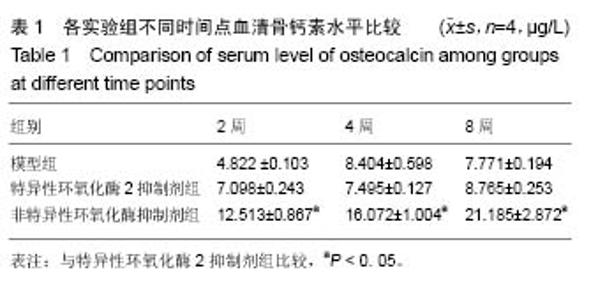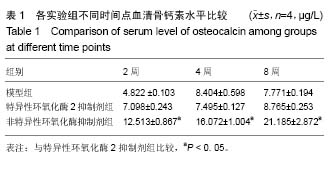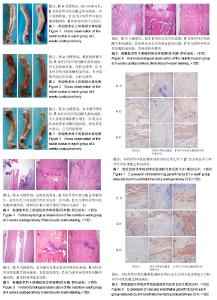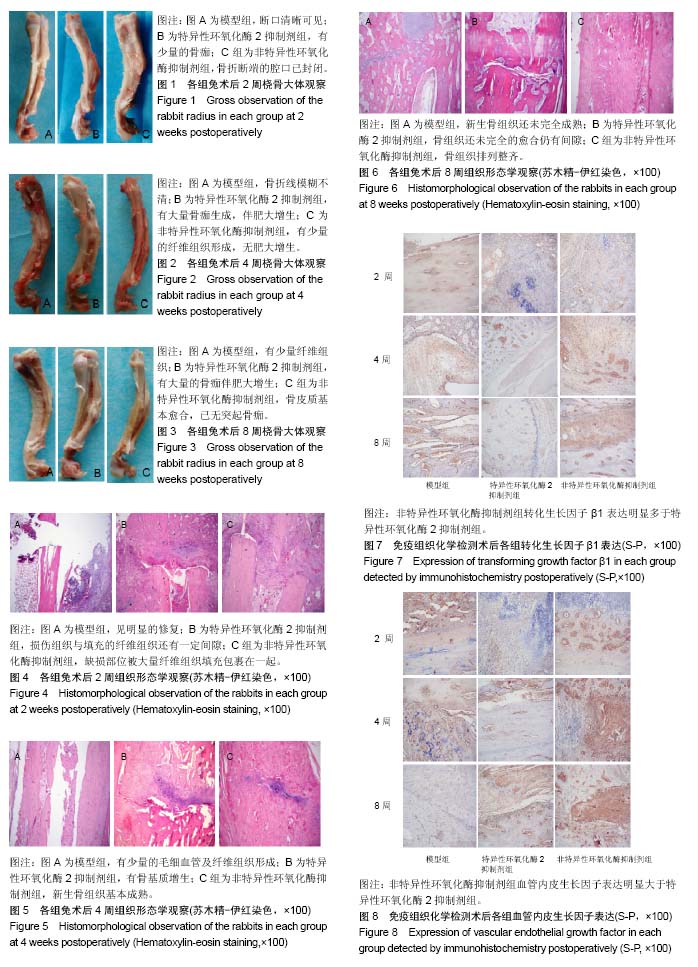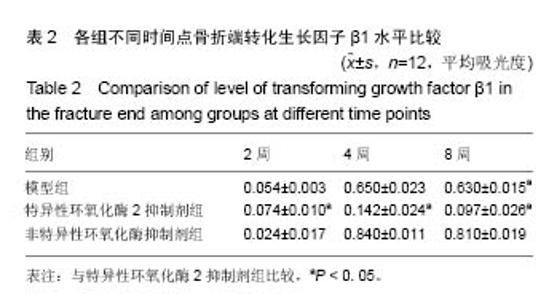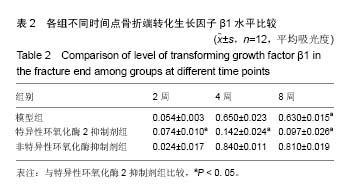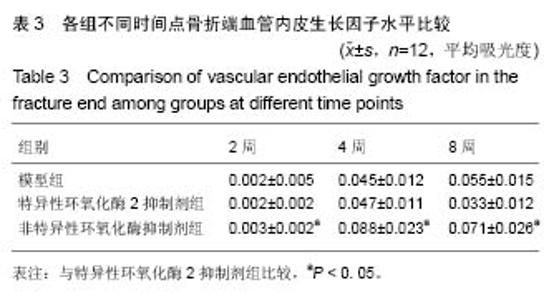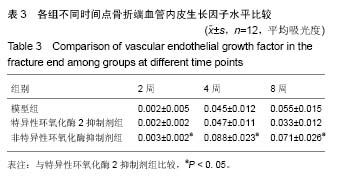| [1] Elmarakby AA, Katary M, Pollock JS, et al. Influence of the selective COX-2 inhibitor celecoxib on sex differences in blood pressure and albuminuria in spontaneously hypertensive rats.Prostaglandins Other Lipid Mediat. 2018;135:16-20.[2] Cronin-Fenton DP, Heide-Jørgensen U, Ahern TP, et al. Low-dose aspirin, non-steroidal anti-inflammatory drugs, selective COX-2 inhibitors and breast cancer recurrence. Epidemiology. 2016; 27(4):586.[3] Yadav DK, Saloni, Sharma P, et al. Studies of the benzopyran class of selective COX-2 inhibitors using 3D-QSAR and molecular docking.Arch Pharm Res. 2018;41(12):1178-1189. [4] Kellinsalmi M, Parikka V, Risteli J, et a.l Inhibition of cyclooxygenase-2 down-regulates osteoclast and osteoblast differentiation and favours adipocyte formation in vitro. Eur J Pharmacol. 2007;572(2-3):102-110.[5] Krischak GD, Augat P, B lakytny R, et a.l Thenon-steroida lanti in flamm atoryd rugdiclofenac reduces app earance of osteob lasts in bone defect heal ing in rats. Arch Orthop Traum a Surg. 2007;127(6) : 453- 458.[6] Murnaghan M, L I G, M arsh DR. N onsteroidal anti inflamm atory drug induc-ed fracture nonun ion: an inh ibition of angiogenesis.J Bon e Joint Surg Am.2006; 88 (Suppl 3): 140-147.[7] Ferrara N,Henzel WJ.Pituitary follicular cells secrete a novel heparin binding growth factor specific for vascular endothelial cells.Biochem Biophys Res Commun.1989;161: 851-858.[8] 赵广民,刘强.骨折愈合中转化生长因子β与骨形成的关系[J].山西医科大学学报,2000,31(1):89.[9] Langdahl B L, Stenkjaer L, Carstens M, et al. A CAG repeat polymorphism in the androgen receptor gene is associated with reduced bone mass and increased risk of osteoporotic fractures.Calcif TissueInt.2003;73(3) : 237 -24.[10] Shi M, Zhu J, Wang R, et al. Latent TGF-β structure and activation.Nature.2011;474(7351): 343-349.[11] Frenkel SR,Saadeh PB,Mehrara BJ,et al.Transforming growthfactor beta superfamily members: role in cartilage modeling.Plast Reconstr Surg.2000;105(3) : 980-990.[12] Li J, Zhang H, Chao Y, et al. An overview of osteocalcin progress. J Bone Miner Metab. 2016;34(4):367-379.[13] De TL, Di NA, Rocca MS, et al. Osteocalcin, a bone-derived hormone with important andrological implications. Andrology. 2017; 5(4):664.[14] Wang JX, Wu HL, Zhu M, et al. Role of Anti-Epidermal Growth Factor Receptor Therapy Compared with Anti-Vascular Endothelial Growth Factor Therapy for Metastatic Colorectal Cancer: an Update Meta-Analysis of Randomized Clinical Trials. Pathol Oncol Res. 2018 Jan 30.[15] Asahara T, Takahashi T, Masuda H, et al. VEGF contributes to postnatal neovascularization by mobilizing bone marrow‐derived endothelial progenitor cells.EMBO J. 1999 ;18(14): 3964-3972.[16] Li Q, Xia S, Fang H, et al. VEGF treatment promotes bone marrow-derived CXCR4+mesenchymal stromal stem cell differentiation into vessel endothelial cells. Exp Ther Med. 2017;13(2):449-454.[17] Saraf SK, Singh A, Garbyal RS, et al. Effect of Simvastatin on fracture healing--an experimental study. Indian J Exp Biol. 2007; 45(5): 444-449.[18] 梁春雨,张柳,赵文国,等.辛伐他汀对大鼠股骨骨折愈合的影响[J].第四军医大学学报, 2006, 27(3): 284-286. |
